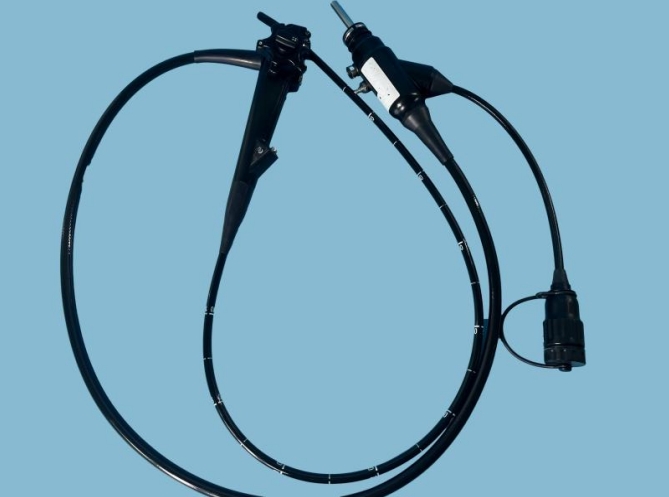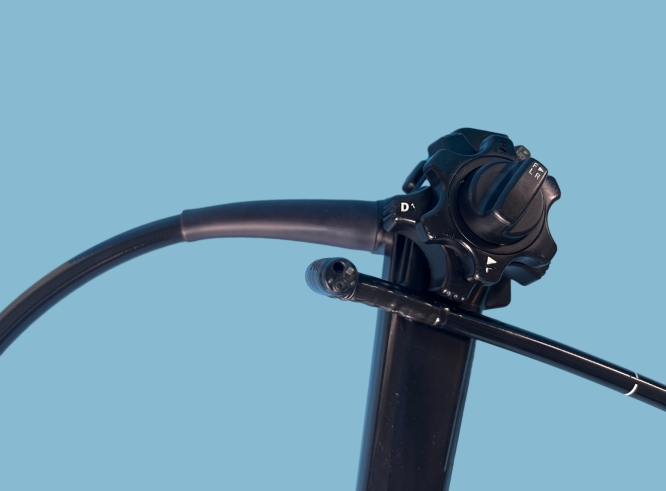Tel: +85368902598
E-mail: tina@fyendoscopy.com
Tel: +85368902598
E-mail: tina@fyendoscopy.com
Preparation and inspection before use is an important condition to ensure the normal use of endoscopes. When taking the endoscope from the disinfection cabinet, hold the operating part in one hand and the light guide insert head and insert part in the other hand to avoid the free swing of the front end, which may cause the insertion part or the light guide insert head to collide with the mirror cabinet, causing the fracture of the curved cover, the fracture of the glass cover at the end, or the fracture of the guide beam. The gas supply pipe and suction pipe are smooth, the size knob is in a natural state, the control knob confirms whether the Angle of the bending part meets the requirements, and the card lock function is normal. The pneumatic water supply button and the suction button are coated with a little silicone oil and then pressed on the endoscope after disinfection and drying, so that the button is more flexible when used, and the button cannot be popped out after being pressed. Wipe the lens with ethanol gauze along the direction of the nozzle, turn on the light brightness, image clarity and color, and do white balance if necessary.
During operation, the snake tube should be curved and bent, and not form a right Angle, so as to avoid the bending of the mirror body too much and the image beam is broken, the corner action should not be too fast, the force should not be too strong, such as the corner is too strong, the steel wire is easy to elongate, the lens corner can not reach the design Angle, easy to break, so that the Angle fails.
After pulling out the endoscope, immediately wipe the insertion part with gauze dipped in the washing liquid or multi-enzyme lotion, pull off the gas and water supply buttons and put them into the washing liquid, insert the special cleaning button, gas and water supply back and forth, press the suction button seat, and attract the washing liquid and air back and forth. Prevent mucus from being difficult to remove after drying, and check the appearance of the endoscope at the same time. The endoscope must be put on the waterproof cap before entering the water, and carefully check whether the waterproof cap is tightly covered. The waterproof cap should always be in a dry state to avoid corrosion of EL socket contacts caused by electrical interface moisture. When manually cleaning, make sure that the cleaning tool is not dirty, no scratches, cracks, twists, metal and brush falling off, etc., to avoid damage to the endoscope.







